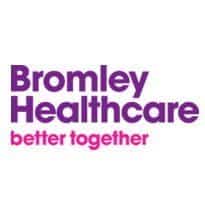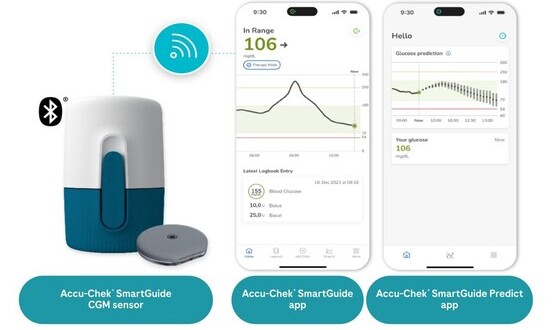Emis makes gains in community
- 25 March 2014

Bromley Healthcare is moving from RiO to Emis Web, giving it a common patient record system shared with local GPs.
The social enterprise provides adult and children’s community services to 350,000 Bromley patients. As well as a common patient record, the new system will include central functions such as appointment booking.
Chief executive of Bromley Healthcare, Jonathan Lewis, described the decision as more than replacing an IT system, but rather “a move to use technology as an agent and accelerator of change."
“It will dramatically improve the quality of the care we provide as well as making us hugely more efficient,” he said. “We have made great strides in improving productivity, but Emis Web will take us on to another level. Not only will it make individual services better, but a common patient record and central functions will change the overall way that the company works.”
The contract is the latest in a series of wins for Emis’ Community Children’s and Mental Health division, led by Martin Bell, which includes contracts in Glasgow and East London.
The company has a long established base in GP IT where it is used by more than half of the GP population. Its acquisition of Ascribe in September last year means it is also active in hospitals. Emis is looking at how best to bring together the two companies’ systems to deliver an integrated care system.
“We think that Emis is particularly well placed to grow and service the integrated health care space, which is what everyone in the NHS wants to do,” Bell told EHI.
He said a number of current tenders, particularly in the London and the South, are looking for integrated care providers.
NHS Camden Clinical Commissioning Group is already using Emis Web to integrate care across primary and secondary care in areas such as community diabetes, community chronic kidney disease and community heart failure.
Subject to patient consent at the point of care, clinicians in Camden have a summary view of information held in the GP record.
Specialist diabetes nurse Vanessa Sawmynaden said: “Being able to view the GP record means I can check past consultations, history, results and information from hospital appointments – data that is frequently missing from referral letters.
“We can also track if a patient is seeing another diabetes team, for example in hospital. This enables us not only to prevent duplication of care, but also coordinate it more effectively,” she added.
The community teams are also using the technology to create care plans for patients which are then sent electronically to their GP.



